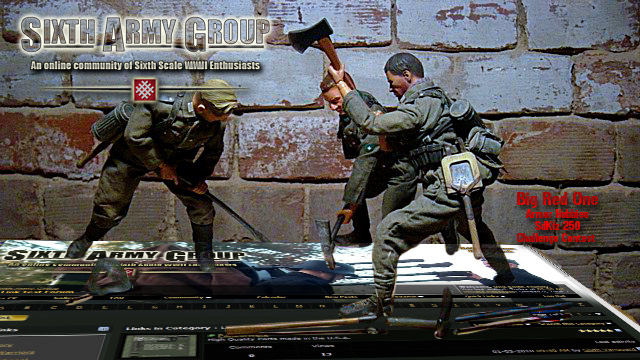PolishandProud
Marksman
Hey guys,
I have a (dumb) question about arty crews during ww2. If the enemy gets too close, would a gun crew be armed with rifles and pistols, or would there just be infantry guys left in the rear to protect the artillery? My reason for asking is that my great uncle was on a 155 in the Pacific, and he passed away long before I could ask him anything, and I'm just curious. I also do reenacting, and I'm thinking about attempting a first person character impression of him.
I have a (dumb) question about arty crews during ww2. If the enemy gets too close, would a gun crew be armed with rifles and pistols, or would there just be infantry guys left in the rear to protect the artillery? My reason for asking is that my great uncle was on a 155 in the Pacific, and he passed away long before I could ask him anything, and I'm just curious. I also do reenacting, and I'm thinking about attempting a first person character impression of him.

